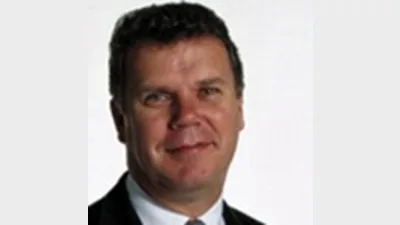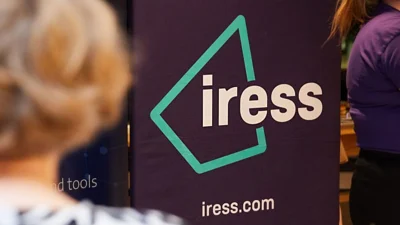Study examines SMSF costs



A study currently being conducted by the University of Adelaide may allow both current and prospective self-managed super fund (SMSF) trustees to make greater cost comparisons, according to Plaza Financial director Peter Hogan.
"As part of a Ph.D program they're currently running, the Adelaide University is in the middle of doing a review of the costs of running superannuation funds based on data for about 25,000 funds," he said.
"And what they're trying to do is compare the typical, average costs involved in a self-managed super fund compared to an MER (management expense ratio) of 1.5 per cent or 2 per cent that a managed fund might charge, and then whatever the various charges of the industry funds are."
Hogan said that the study was also likely to provide prospective trustees with a far better guide, not only to the costs involved in an SMSF, but also to what sort of opening account balance they were likely to require.
"The $200,000 mark per fund number is one that's been around for a long time," he said.
"I think ASIC (the Australian Securities and Investments Commission) was the first to propose it as being a minimum fund size.
"But, realistically, it was done on some very loose assumptions and wasn't as rigorous an examination of the various costs involved in running a fund as compared to what the Adelaide University is attempting."
According to Hogan, a figure of $200,000 may even turn out to be too conservative.
"Some of the early indications from the Adelaide University study have suggested that maybe $150,000 might be closer to the mark," he said.
"However, much lower than that and you're clearly going to be behind the 8-ball compared to any other superannuation offering out there."
For Hogan, $200,000 is the magic number for good reason.
"When you get $200,000 or more in a self-managed super fund, your costs are pretty much fixed costs," he said.
"So as the account balances grow, the ratio of those fees against the income earned, the account balance or even the assets held is significantly reduced."
Recommended for you
ASIC has commenced civil penalty proceedings in the Federal Court against superannuation trustee Diversa Trustees, regarding the First Guardian Master Fund.
The winners have been announced for the 2025 Super Fund of the Year Awards, held in Melbourne on 26 November by Money Management's sister brand Super Review.
Data and technology provider Novigi has acquired Iress’ superannuation consulting and managed services business from Apex Group.
AMP is to launch a digital advice service to provide retirement advice to members of its AMP Super Fund, in partnership with Bravura Solutions.










